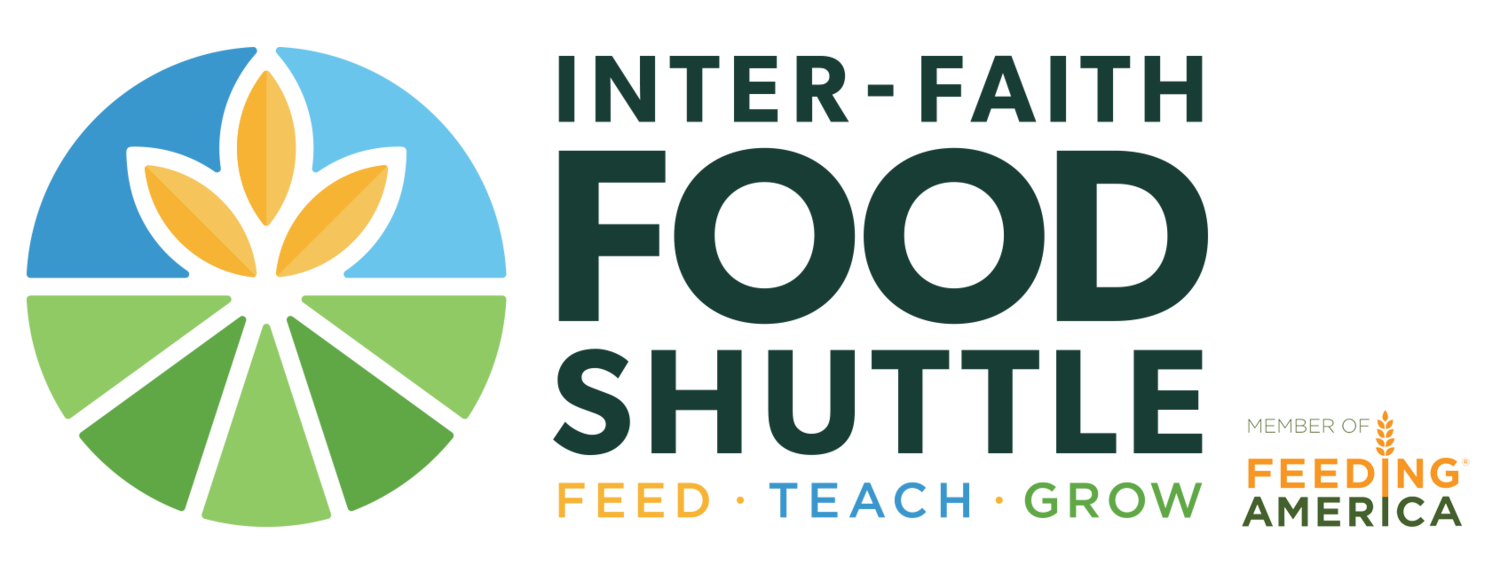As the colder temperatures and the shorter days move in, the Food Shuttle Farm is settling in for the winter. Staff and volunteers just finished harvesting the last of the major fall greens, and there are still some limited crops in the high tunnel growing space, but most of the fields will be planted with cover crops until spring. But do not let the quiet of winter deceive you. Despite the dormancy of the fields, the Food Shuttle Farm team is busy at work preparing to make the most of next season’s crop.
Director of Agriculture Programs Jonathan Lee and his staff have a long list of projects to keep them busy over the next few months. This includes equipment repair and maintenance to ensure that everything is ready to rock and roll come springtime. They have to plan crops for the next year by working with Food Shuttle programs to identify what will be needed for the people they serve. They are considering planting small crops on an experimental basis to provide more culturally-diverse produce to the people we serve. An example of this would be growing chayote squash, a common ingredient used in Hispanic cooking. Then, there is the greenhouse to seed with cooler weather crops like collards, cabbage, and broccoli, and the irrigation system to repair, and the construction projects. There is no “long winter’s nap” for the Food Shuttle Farm team!
The cover crops themselves are a method of preparation, helping to replenish nutrients in the soil of the fields, adding biomass which—in turn—creates better soil structure. This is a system of supplementing nutrient needs that would otherwise have to be filled by fertilizers and other chemical applications—an important point for a farm that works at growing chemical-free.
Another project that is underway during the downtime of the winter “non-growing” season is the completion of the Farm’s new blueberry crop. Next year’s berry crop will be a first for the Food Shuttle Farm, and along with blueberries will include strawberries and blackberries. The Farm’s staff also has high hopes of their small rejuvenated grape vineyard and fig trees—the result of careful and strategic pruning over the last year.
“We’re right around the corner from potentially one of the most dynamic times the Agriculture Department has seen in its time at the Food Shuttle. I’m very excited to see what the next couple of years will look like. And, of course, we cannot achieve any of this success without the support of our volunteers and the community as a whole,” said Jonathan Lee about his outlook on the Farm’s future. Now, all we need is springtime.

